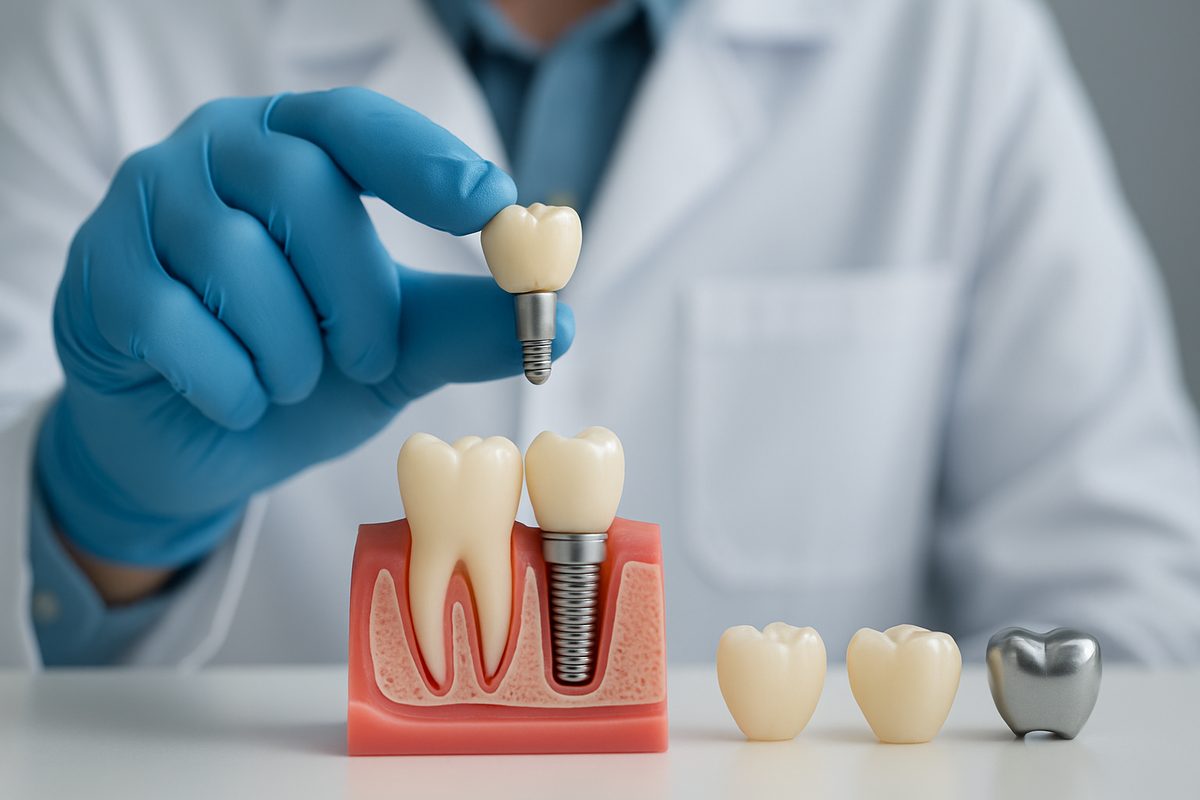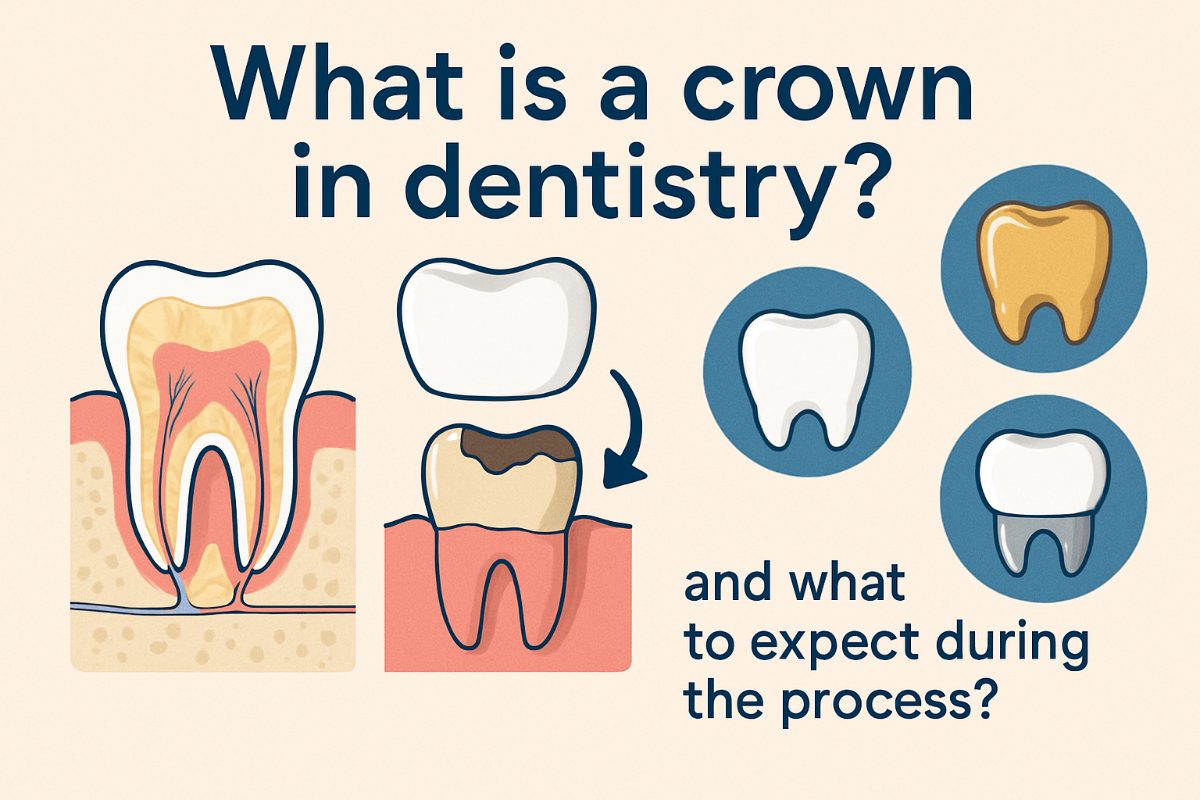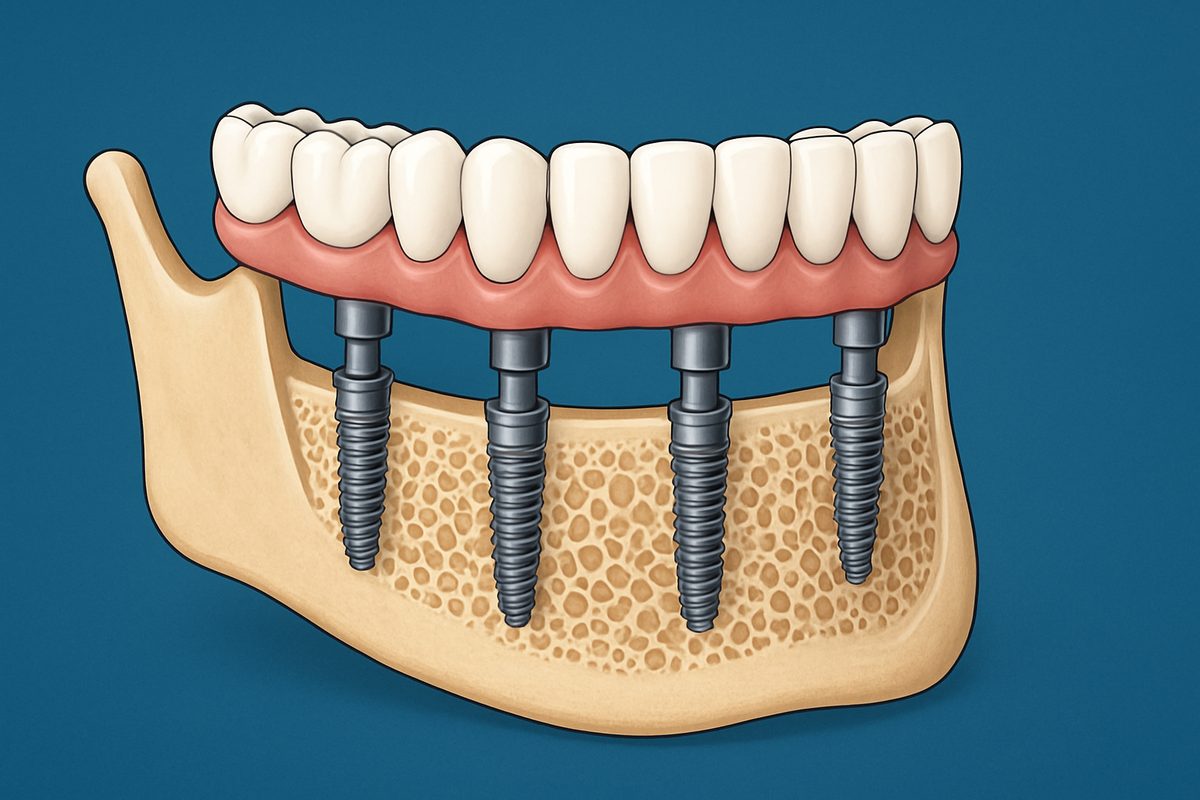Blog - Rapid City, SD
Tips, Facts, And The
Latest In Dentistry

How Much Does A Crown After Implant Cost?

Knowing the likely crown after implant cost helps you plan both care and budget. This post explains what the crown does, what drives the price, and how modern tech and an implant restoration can change your final bill. You’ll learn typical price ranges for the crown portion of an implant restoration, what’s usually included, key cost drivers (materials, abutments, lab fees, visits), and practical steps to get an itemized, personalized estimate for crown after implant cost so you can make a confident decision.
What is a crown after an implant?
An implant restoration has three main parts: the implant (a titanium post placed in the jawbone), the abutment (a connector), and the crown (the visible tooth). The crown restores chewing, speech, and appearance. Common crown materials are porcelain-fused-to-metal (PFM), all-ceramic (lithium disilicate), and solid zirconia. PFM is economical and strong but can show a dark line at the gum. All-ceramic and zirconia are more natural in appearance; zirconia is the strongest and often costs more because it resists chipping and wears well against opposing teeth.
Typical crown after implant cost — what to expect
For the crown portion alone, expect a general range of about $800 to $2,500, depending on material and lab work. Basic PFM or economy zirconia crowns sit at the lower end, while high-esthetic custom zirconia or layered ceramic crowns reach the higher end. Quoted ranges vary by region and practice. Some practices bundle the abutment or temporary crown into the crown fee; others list them separately. Usually included in the crown fee are intraoral scans or impressions, lab fabrication, and a temporary crown when needed. Always confirm whether the abutment, screw access, chair time, or adjustments are itemized or included when discussing crown after implant cost.
Key factors that affect crown after implant cost
Material and type of crown
Materials affect both look and price. Porcelain-fused-to-metal is often cheapest but less natural-looking. Monolithic zirconia and layered ceramics cost more because they need specialized materials and finishing. More esthetic materials require extra lab time and artistry, which increases crown after implant cost.
Abutment choice: stock vs custom
Stock abutments are pre-made and lower cost. Custom titanium or zirconia abutments are tailored to your gum shape and implant position, improving fit and long-term health. Custom abutments raise the crown after implant cost but can reduce future complications and improve aesthetics.
Lab fees and in-house fabrication
External dental labs add shipping and technician fees. In-house CAD/CAM milling (same-day CEREC crowns) or on-site labs can lower lab fees and speed turnaround. A practice that mills crowns on-site may charge a higher upfront lab-equipment fee but often saves you on total appointments and temporary restorations.
Complexity and number of visits
Multiple adjustments, custom shading, remakes, or difficult access can add chair time and materials. If a crown requires remakes, the final crown after implant cost will be higher. Efficient planning and digital workflows reduce the need for repeat visits.
How modern technology affects crown after implant cost and value
Digital tools like CEREC same-day milling, iTero scans, CBCT-guided planning, and in-house milling/3D printing can lower overall costs by reducing appointments, remakes, and surprises during surgery. While digital workflows sometimes appear more expensive at first glance, they save on follow-up visits and shorten treatment time. CBCT and guided planning improve implant positioning so crowns fit better from the start, lowering long-term repair or replacement costs tied to poorly placed implants.
Insurance, warranties, and long-term costs
Most dental insurance limits coverage for implant crowns or excludes implants entirely; some plans offer partial coverage for the crown portion only, often capped. Ask your carrier about annual maximums and implant exclusions. Warranties vary—some practices offer time-limited guarantees on crowns and workmanship but not on natural wear or trauma. Consider maintenance costs (cleanings, possible screw tightening, or future crown replacement every 10–15 years) when calculating long-term crown after implant cost.
How to get a clear, personalized estimate for crown after implant cost
1. Schedule a full exam and CBCT scan or digital iTero scan. 2. Request an itemized treatment plan that separates implant, abutment, and crown fees. 3. Ask which lab will fabricate the crown and whether the abutment is stock or custom. 4. Confirm what’s included: temporaries, adjustments, follow-up visits, and warranty. 5. Compare financing options and get a written estimate. A good estimate clarifies crown after implant cost and helps avoid surprise fees.
Why choosing an implant-focused practice matters for cost and results
Experienced, technology-driven practices reduce surprises and complications that inflate long-term costs. Implant-focused clinicians use evidence-based planning and precise restorations to prevent fit issues, peri-implant problems, and premature failures. Paying slightly more up front for careful planning, custom abutments, and digital workflows often saves money over the life of the restoration.
About Carpenter Dental and Dr. Chad Carpenter
Carpenter Dental in Rapid City combines nearly two decades of implant experience with a digital workflow (CBCT, iTero, guided planning) and an on-site lab including CEREC milling. Dr. Chad Carpenter specializes in implant and full-mouth rehabilitation and uses in-house milling, 3D printing, and photogrammetry to improve fit and reduce appointments. They offer transparent financing, warranty details, and sedation options to help patients get predictable, comfortable care.
Final takeaways and next steps
Crown after implant cost varies by material, abutment choice, lab fees, and the practice’s technology. Digital planning and in-house fabrication can increase upfront value by lowering appointments and remakes. Get a written, itemized estimate that separates implant, abutment, and crown fees; ask about the lab, materials, warranties, and financing. To know your exact crown after implant cost in Rapid City, schedule a consultation with a practice that uses CBCT and digital scans so you get an accurate, personalized plan.



